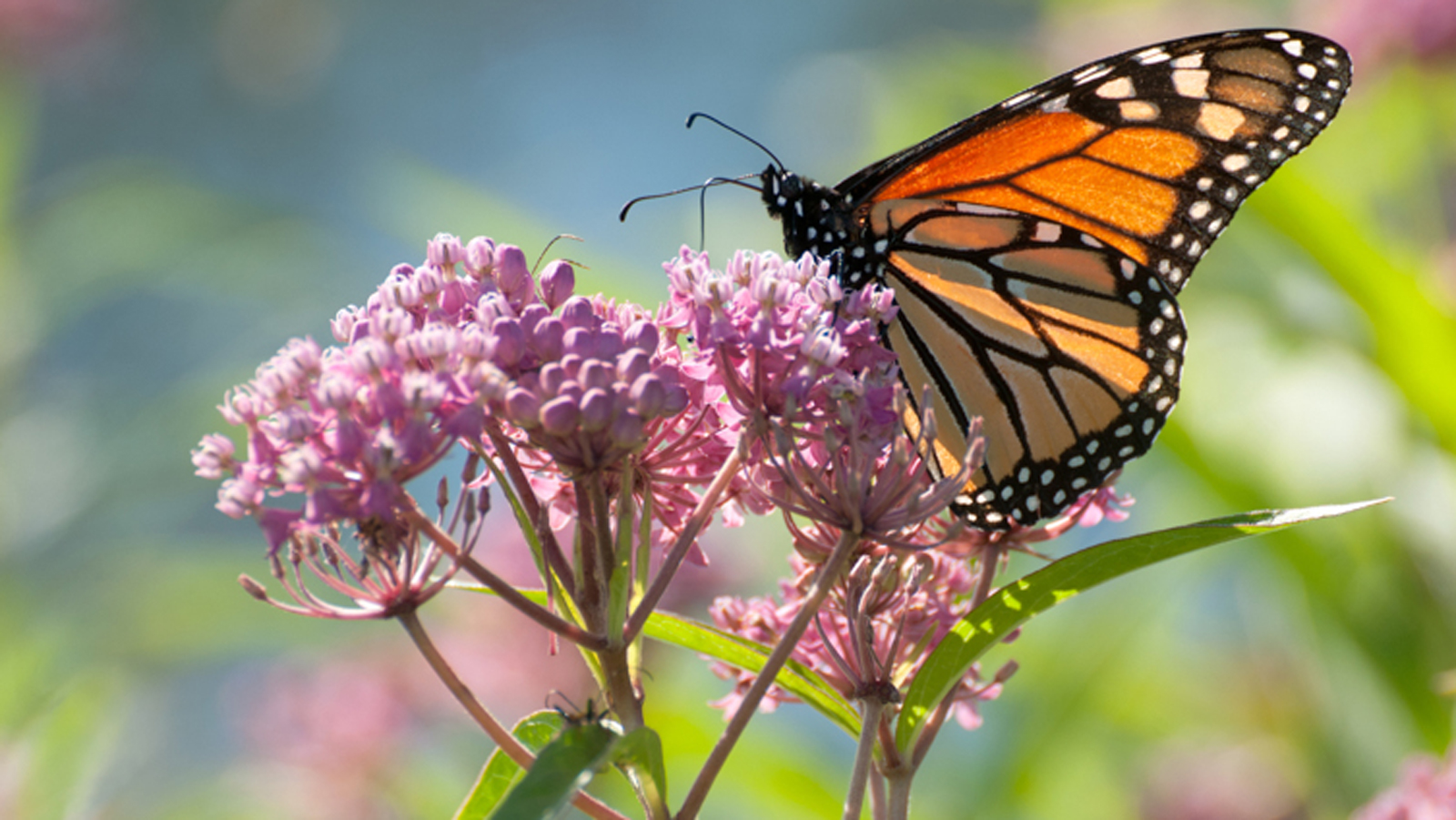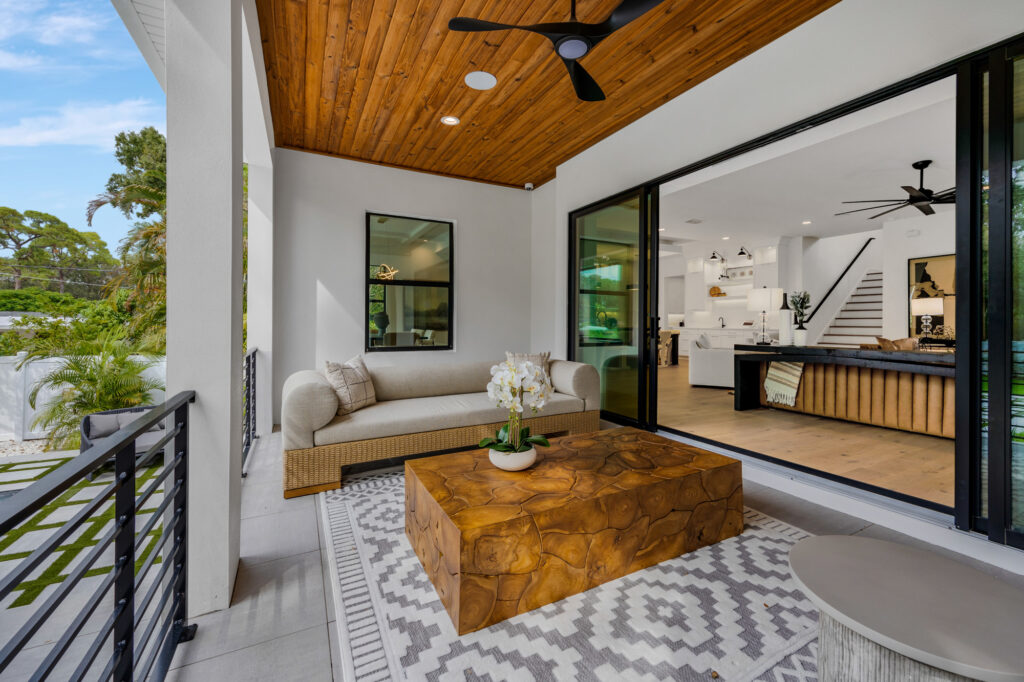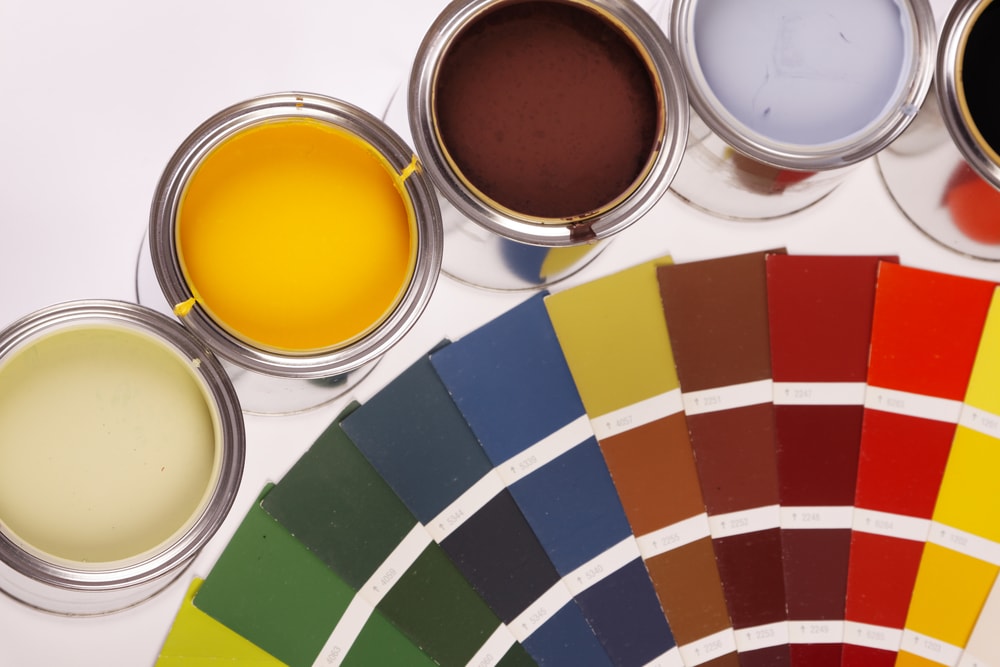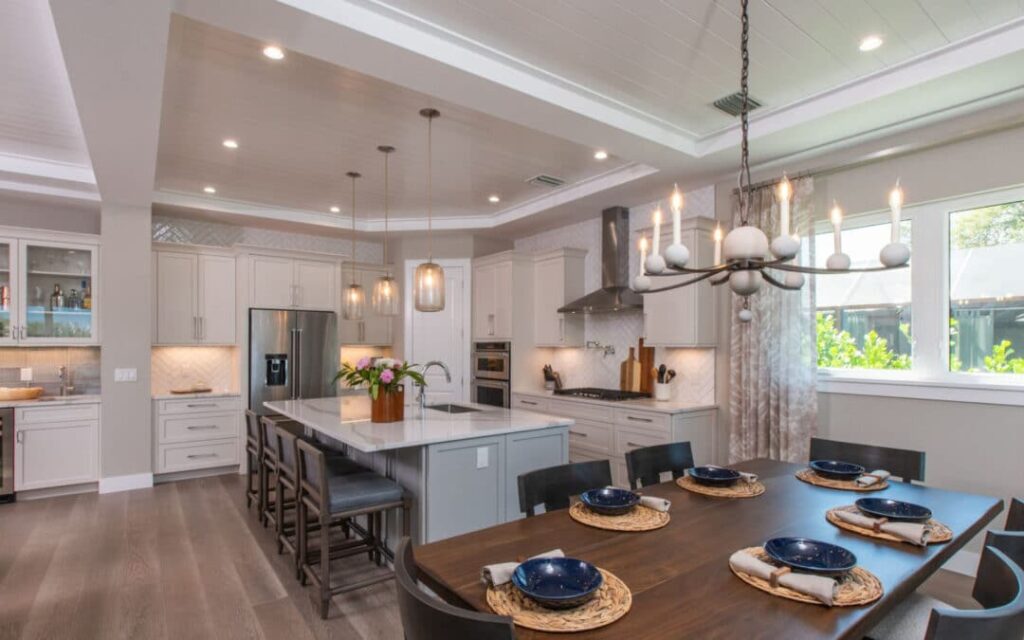Imagine stepping into a garden alive with colorful butterflies, busy bees, and cheerful birds. These enchanting visitors aren’t just pleasant—they’re essential pollinators, helping plants reproduce and our food system thrive. With pollinators facing global decline, creating a pollinator-friendly garden is one of the most rewarding steps homeowners and communities can take to support local ecosystems. Whether you’re a seasoned gardener or just starting out, this guide will give you actionable steps to transform your outdoor space into a buzzing haven for pollinators.
Why Are Pollinators Important?
Pollinators—including bees, butterflies, moths, bats, and birds—play a critical role in plant reproduction. By transferring pollen from one flower to another, they enable fruits, seeds, and vegetables to grow. This process supports more than 75% of global flowering plant species, making pollinators vital to both natural habitats and the food on your plate.
Sadly, pollinator populations are under pressure from habitat loss, pesticides, climate change, and disease. Creating gardens that offer food, shelter, and safe spaces can make a real difference, right from your own backyard.
Choosing the Right Plants for Pollinators
Go Native
Native plants are naturally adapted to your local climate and soil, providing the best food sources for indigenous pollinators. Research which wildflowers and shrubs are native to your area—these often require less maintenance and resist local pests naturally.
Flower Variety for Seasons
Choose a mix of plants that bloom at different times, ensuring food sources from early spring through late autumn. Tulips and crocuses can kick-start the season, while asters, goldenrod, and sunflowers keep pollinators fed into fall.
Color and Shape Matter
Bees are attracted to blue, purple, and yellow blooms, while butterflies love bright red and orange. Include plants with a variety of flower shapes—tubular for hummingbirds, flat-topped for butterflies, and clusters for bees. Diversity brings more visitors!
Top Pollinator Plants to Consider:
- Coneflower (Echinacea)
- Black-eyed Susan (Rudbeckia)
- Bee balm (Monarda)
- Milkweed (Asclepias)
- Lavender
- Salvia
- Sunflowers
- Zinnias
- Native wildflowers and fruit trees
Creating Shelter and Habitat
Pollinators aren’t just looking for food; they also need safe places for rest and reproduction.
- Leave Some Untidy Areas: Dead wood, fallen leaves, and undisturbed corners offer nesting spots for solitary bees and butterflies.
- Install Bee Hotels: These are simple wooden structures with tubes or holes where solitary bees can lay eggs.
- Plant Dense Shrubs and Grasses: Birds and insects seek shelter from predators and weather in tangled vegetation.
Avoiding Harmful Chemicals
Pesticides and herbicides can harm pollinators—sometimes even more than the pests they target. Instead of reaching for chemicals, use organic practices:
- Hand-remove pests or use gentle, targeted methods.
- Encourage natural predators like ladybugs and lacewings.
- Mulch to suppress weeds and enrich the soil.
If you must use a pesticide, choose one labeled as pollinator-safe, apply it in early morning or late evening, and never spray on open blossoms.
Creating Water Sources
Every living creature needs water. Offer pollinators a safe drink:
- Place shallow dishes or birdbaths with pebbles or floating cork for insects to land.
- Replace water regularly to prevent mosquitoes.
Maintaining Your Pollinator Garden
Consistency pays off. Water deeply during dry spells and add compost to enrich the soil. Regularly deadhead spent blooms to encourage ongoing flowering, but always leave a few seedheads for birds and overwintering insects. Resist the urge to tidy too much; a wildlife-friendly garden is a little wild by nature.
Going Beyond the Backyard
Community efforts multiply results. Encourage neighbors to grow pollinator plants or join local initiatives that plant wildflower corridors. Even apartment dwellers can support pollinators with window boxes or rooftop gardens.
Common Mistakes to Avoid
- Too Much Lawn: Lawns offer little for pollinators. Replace some areas with wildflowers or flowering ground covers.
- Monocultures: Avoid planting large areas of a single species. Mix it up for a healthier ecosystem.
- Frequent Mowing: Allow some areas to grow a little longer, letting clover and wildflowers thrive.
- Forgetting About Night Pollinators: Moths and bats pollinate too! Night-blooming flowers, such as evening primrose or jasmine, support these unsung heroes.
Frequently Asked Questions
What if I have space constraints?
Even a small balcony or patio can house pollinator-friendly pots with lavender, marigolds, salvia, or herbs like thyme and mint.
Are all bees helpful?
Solitary bees, honeybees, and bumblebees are all effective pollinators. Unlike wasps, most bees are docile and ignore people unless threatened.
Do I need to plant only wild flowers?
No! Many ornamental and edible garden plants also attract pollinators, including strawberries, tomatoes, and herbs like basil and oregano.
Can I support pollinators in urban areas?
Yes! Pollinators are adaptable and will visit rooftop gardens, community plots, and even potted plants in city settings.
Conclusion
A pollinator-friendly garden isn’t just beautiful—it’s vital for food security, the environment, and future generations. By choosing diverse, pesticide-free native plants, providing water and shelter, and inviting a little wildness, you’ll welcome essential pollinators into your garden and help nature flourish.
Ready to transform your space? Start planting today and watch your garden bloom with life! Share your pollinator garden journey with friends, inspire your community, and be part of the movement to protect nature’s tiny superheroes.






